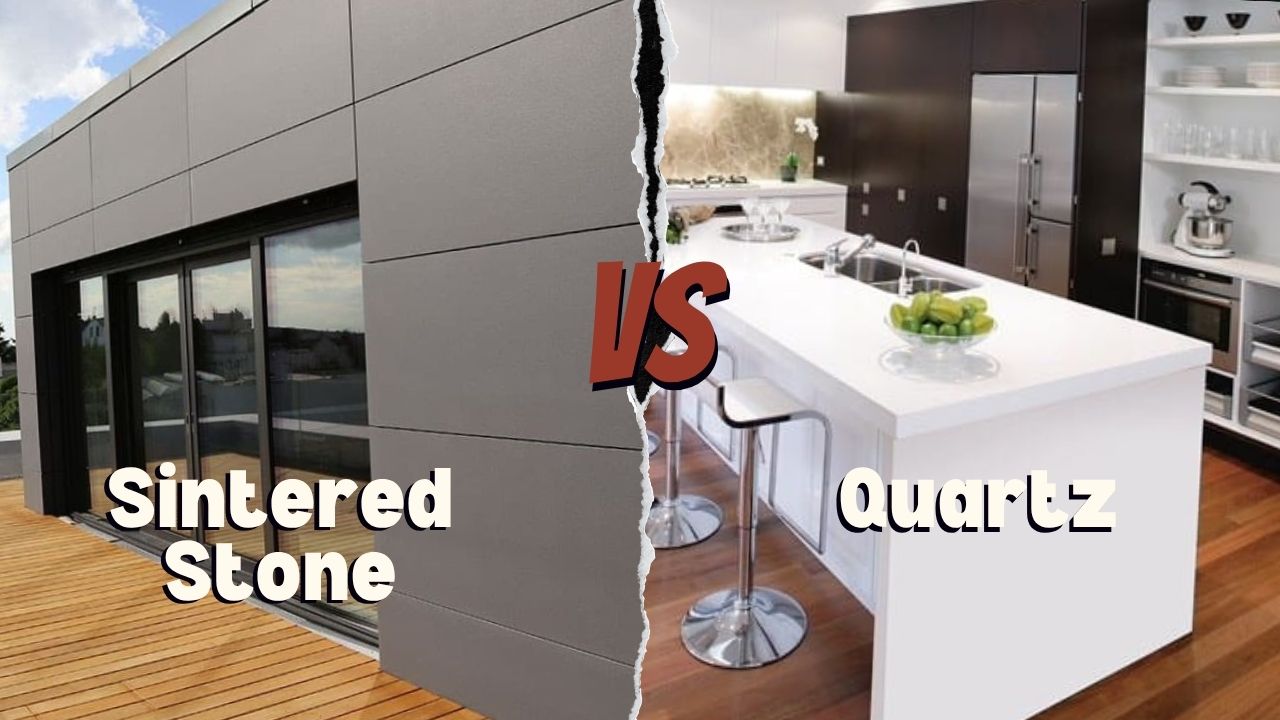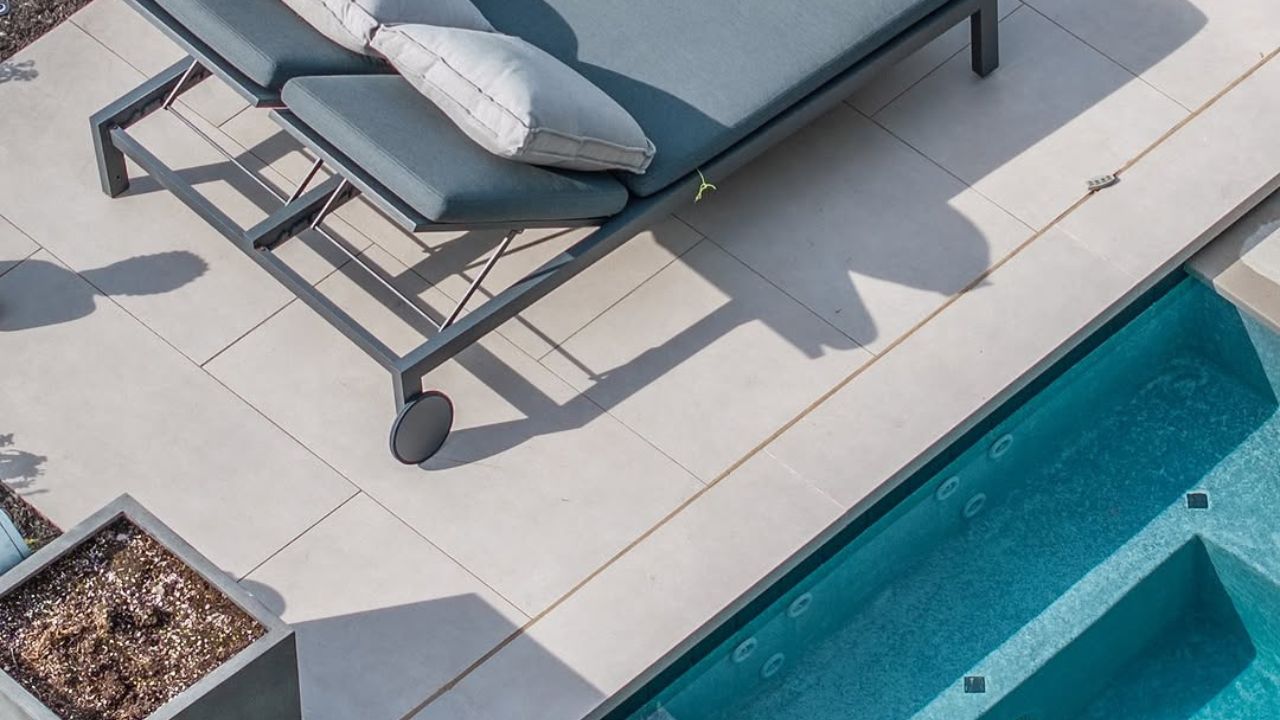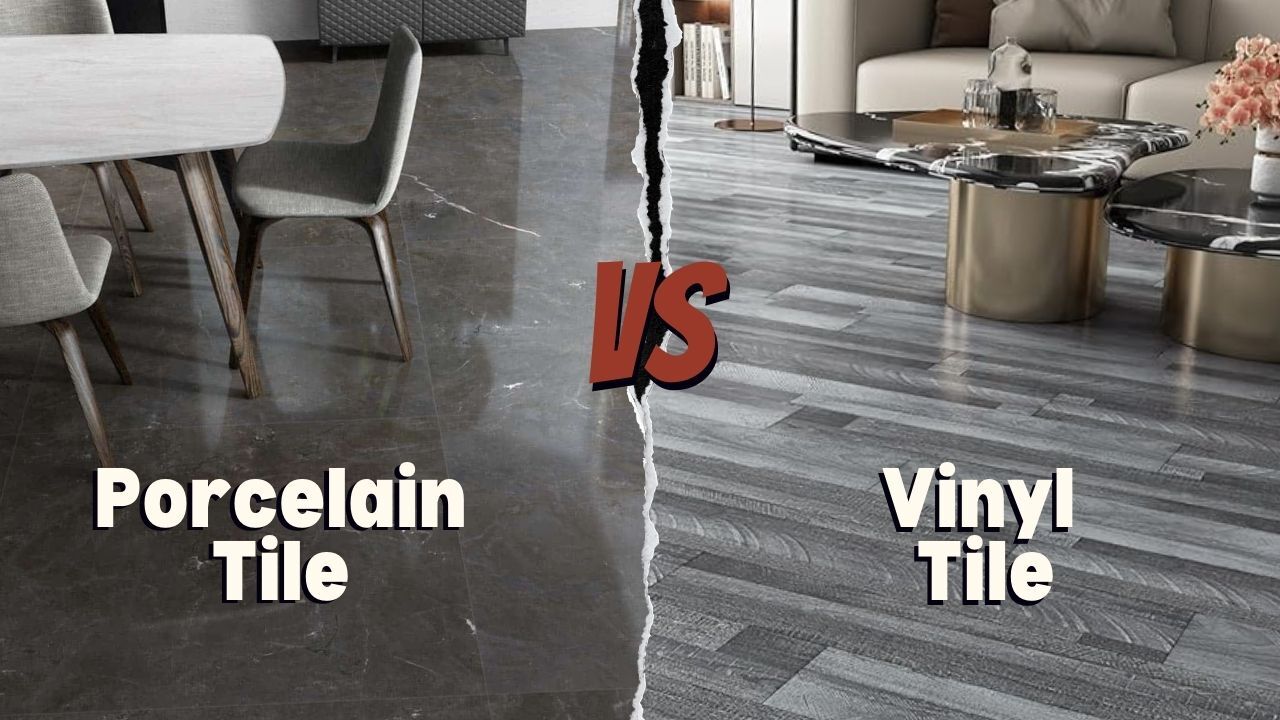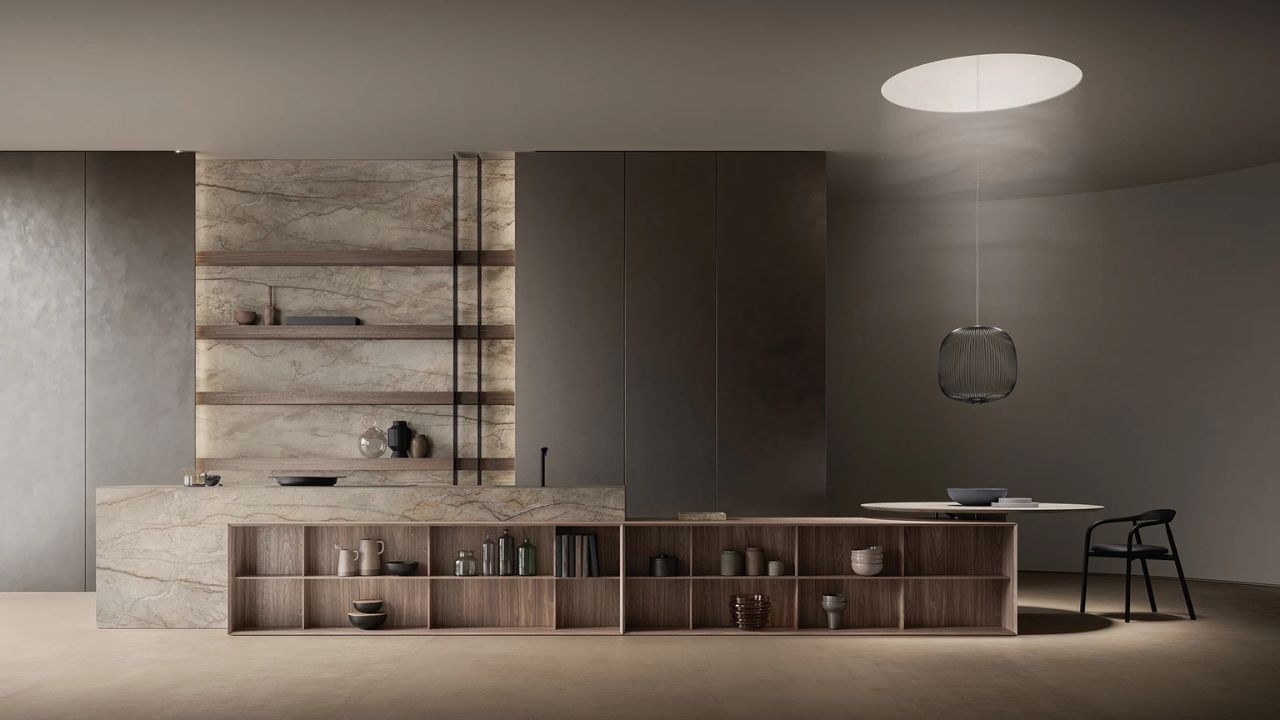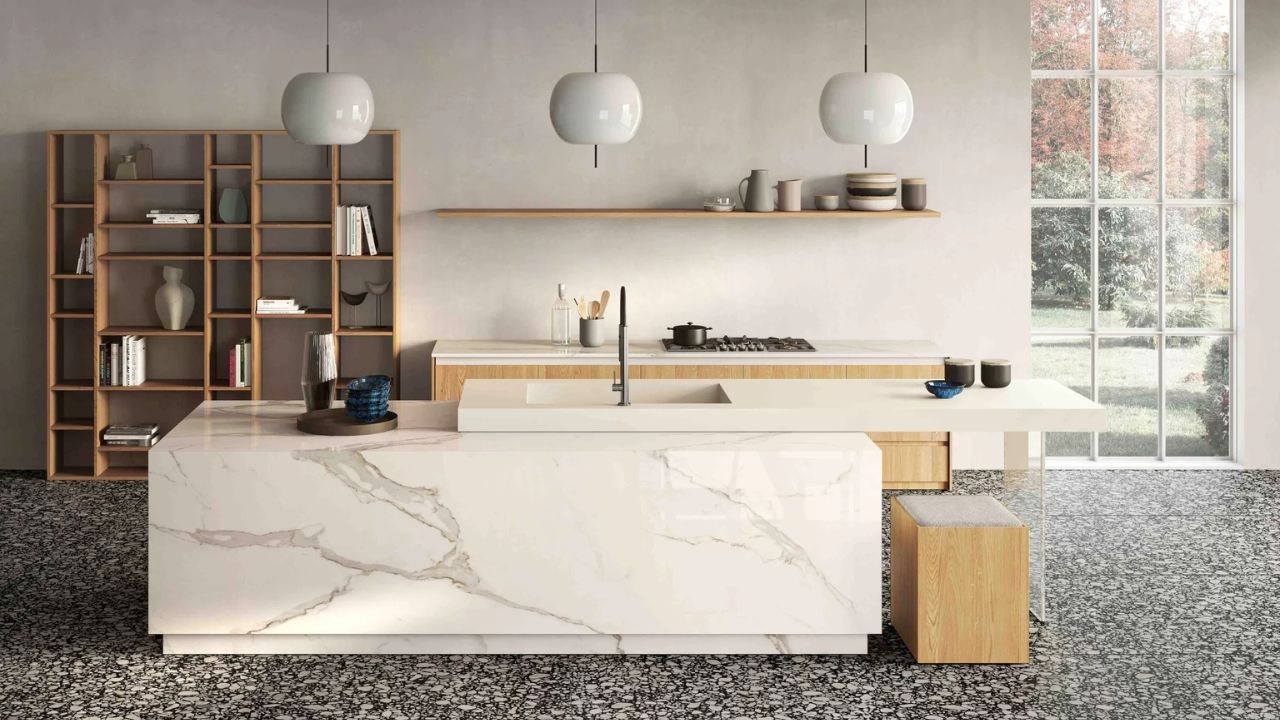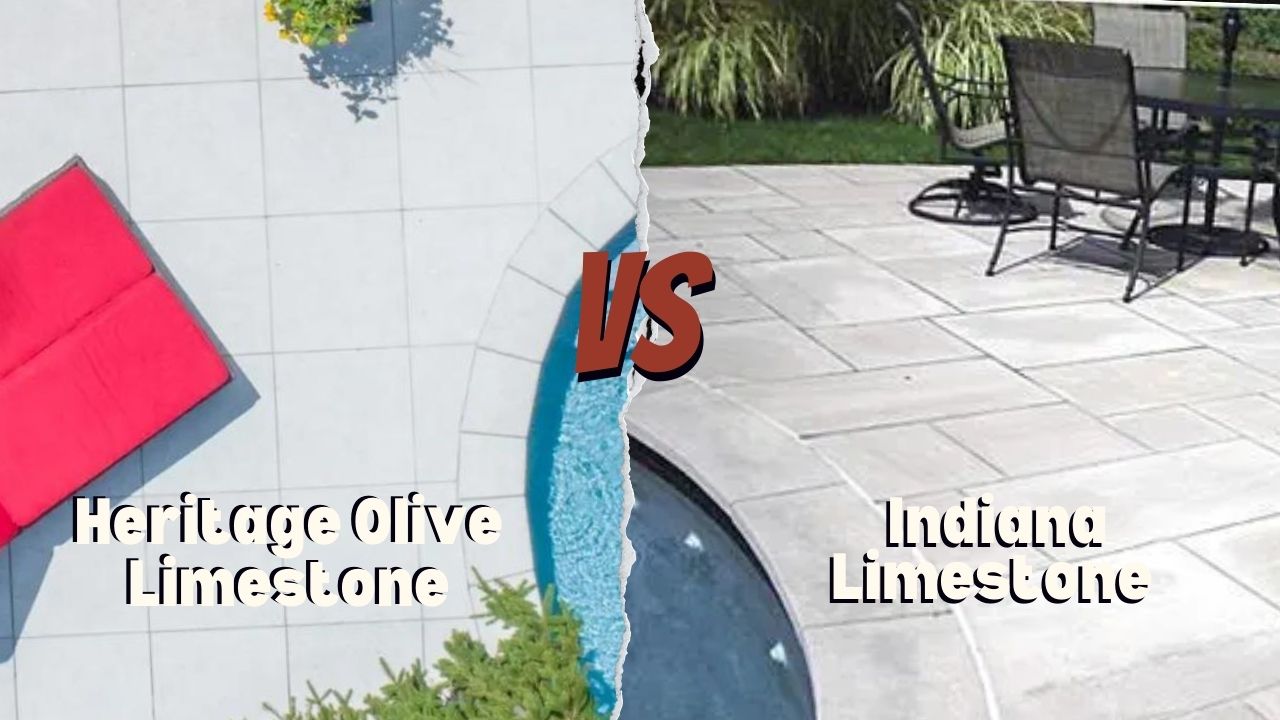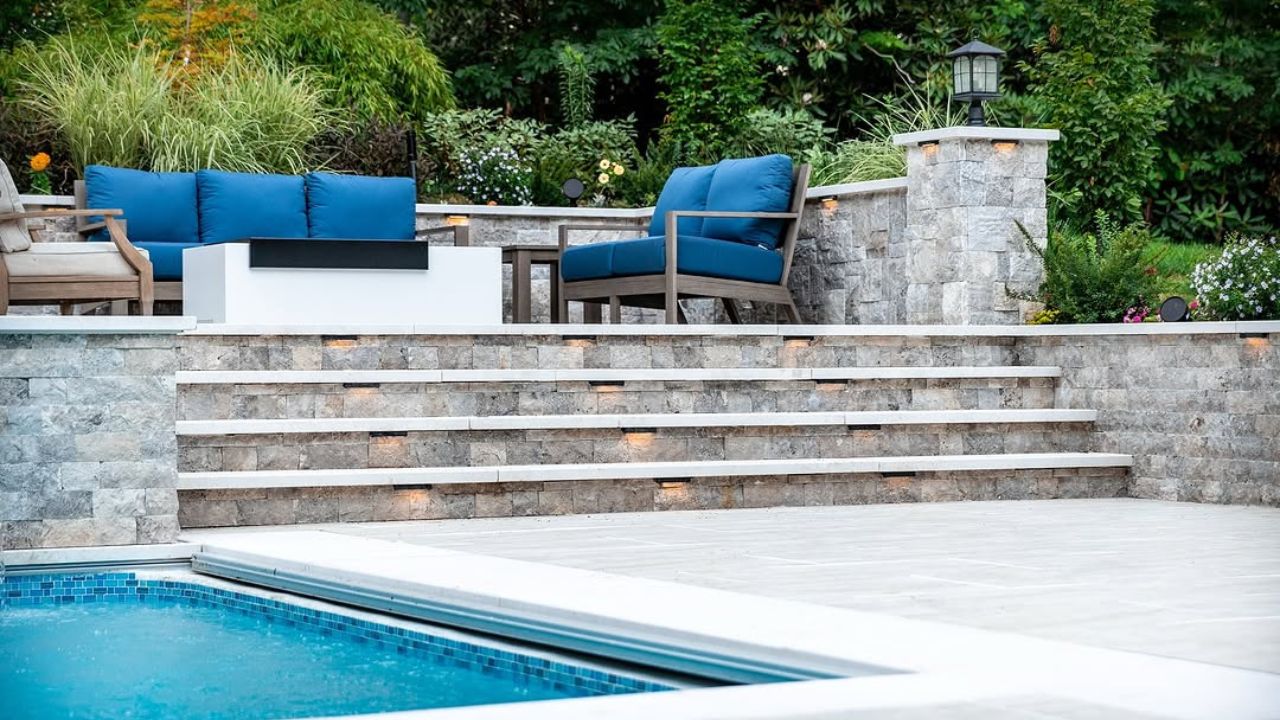One of the best parts of the home that can benefit from natural stone is the Best kitchen countertop or worktops. They need to be resilient, spill and scratch-resistant, and should offer the best aesthetics. While sintered stone slabs are already a hot topic, let’s not forget that quartz is also a great choice for a huge number of homeowners. Though both of these stones look similar, they are completely different on so many levels. In this post, we will discuss the best option for homeowners.
Comparison Between Sintered Stone vs Quartz
Though both of these stone formations sound the same, they are significantly different. Let’s compare both of these stones to know the difference. Here’s a comprehensive table comparing Sintered Stone and Quartz. You will understand the subtle yet clear differences between these stones.
| Feature | Sintered Stone | Quartz |
| Composition | It is made from natural minerals compressed under extreme heat and pressure. | It is an engineered stone made by combining natural quartz with resin binders. |
| Durability | It is extremely durable and resistant to heat, scratches, and stains. | Highly durable, but can be susceptible to heat damage due to the resin content. |
| Heat Resistance | Excellent heat resistance can withstand high temperatures without damage. | Good heat resistance, but direct exposure to high heat can cause discoloration or warping. |
| Scratch Resistance | Very scratch-resistant due to its dense, non-porous surface. | Scratch-resistant, but not as much as sintered stone. Sharp objects can cause damage. |
| Stain Resistance | Non-porous surface prevents staining from liquids and spills. | Also non-porous and highly resistant to stains, but may require some maintenance to retain its finish. |
| Maintenance | Low-maintenance, no sealing required, easy to clean with soap and water. | Also low-maintenance, but requires careful cleaning to avoid damage to the resin. |
| Design Versatility | Available in a variety of natural stone looks and custom patterns. | Wide range of colors and patterns, often mimicking marble and granite. |
| UV Resistance | UV-resistant, suitable for outdoor use as it won’t fade under sunlight. | Not UV-resistant, prolonged exposure to sunlight can cause discoloration. |
| Eco-Friendliness | Made from natural materials, fully recyclable, and environmentally friendly. | Partially eco-friendly, but the resin content and manufacturing process can be less sustainable. |
| Installation | Requires professional installation due to its density and weight. | Also requires professional installation but is somewhat easier to handle due to its engineered nature. |
| Cost | Generally, it is more expensive due to the manufacturing process and durability. | More affordable than sintered stone, though high-end quartz can be comparable in price. |
| Applications | Suitable for countertops, floors, walls, and outdoor surfaces. | Commonly used for countertops and indoor applications like vanities and backsplashes. |
| Aesthetic Appeal | Offers a more natural, organic look that closely resembles natural stone. | Provides a sleek, uniform appearance, often appealing to modern aesthetics. |
This table gives a clear, yet subtle comparison between Sintered Stone and Quartz, allowing readers to understand the strengths and limitations of both materials.
Now, let’s discuss these comparisons in detail for better understanding.
What is the Sintered Stone?
Sintered stone is a man-made or synthetic stone that is manufactured by combining different premium recycled natural stones. These aren’t just ordinary stones but marble pavers, zircon quartz, porcelain pavers, glass, and other materials. They are fused, and a powder is created. Sintering is the process of processing powder to form a slab through intense heat. The resulting stone will have a zero percent porous surface. The sintering process will determine how well the sintered stone is. The longer and more intense the process is, the better the quality of sintered stone will be.
What is The Quartz?
Quartz is a natural stone and they are widely used as a countertop as well. These slabs are created with high-quality natural quartz combined with resin and pigments. The pigments are used to create the color of the quartz slabs. The material is also granulated first, and then 90% of the quartz particles are combined with other elements. This formulation will determine how good quality the quartz is. Before placing the material in the hydraulic press, the material is compacted with vacuum and vibration methods to give it that distinct look.
Composition:
Sintered stone is created synthetically by fusing natural materials through a sintering process and compressed under extreme heat and pressure.
Quartz, though also created with the same process, is made mostly of quartz stones combined with resin binders and pigments. However, the difference is that quartz is mostly created with the
Durability
Both of these materials are durable, but sintered stone is more durable and resistant to outdoor conditions, scratches, and stains. So when it comes to Sintered stone vs quartz countertop, sintered stone countertops can withstand outdoor kitchens as well.
On the other hand, quartz is also highly durable, but it is prone to damage by heat due to the resin content.
Heat Resistance
Sintered stone is created at the highest temperature, making it more resistant to heat and temperature.
Quartz Countertop is also heat-resistant, but direct exposure to heat can put this at risk. It can wrap and burn with direct heat.
Scratch Resistance
Lapit Sintered has a non-porous surface that is dense and thick. It makes it more resistant to scratches.
Quartz can also sustain scratch damage, but not as much as sintered stones. Sharp objects can damage the surface.
Stain Resistance
Sintered stone has a non-porous surface. This means it will not absorb the liquid and will not stain.
Quartz is also a non-porous material that doesn’t absorb any liquid; however, it requires little care to keep it pristine.
Maintenance
Sintered stone is a low-maintenance stone that doesn’t require any sealing and is easy to clean with natural soap.
Quartz is also a low-maintenance material where you don’t have to seal it at all. However, take care while cleaning as the resin content can get damaged.
Design Versatility
A huge range of sintered stones is available to create any type of custom look, from colors to custom patterns.
Quartz is also available in different types of colors and patterns, often mimicking marble and granite.
UV Resistance
Lapitec Sintered stones are generally UV-resistant. They are best suited for outdoor applications as they won’t fade in sunlight.
Quartz is not a UV-resistant material. Prolonged exposure to sunlight can cause discoloration.
Eco-Friendliness
Sintered stone is a highly recyclable material where natural elements are used to create it.
Quartz is partially eco-friendly. However, the resin content and manufacturing process make it less sustainable.
Installation
Lapitec Sintered Stone is thicker and requires professional installation due to its thickness and weight.
Quartz also requires professional installation; however, it is easier than sintered stone because of its engineered nature.
Cost
Lapitec Sintered stone countertop is generally expensive due to its manufacturing process and durability.
A quartz countertop is generally more affordable compared to a sintered stone countertop. However, the high-end quartz can cost equally as much as the sintered stone.
Applications
Sintered stone is suitable for countertops, floors, walls, and outdoor surfaces.
Quartz is also suited for countertops and indoor applications like vanities and backsplashes.
Lapitec sintered stone is more resistant to heat compared to Quartz. However, it is more expensive and well-suited for high-end luxurious projects. While Calacata quartz countertop is also a durable and low-maintenance surface, it cannot withstand direct heat exposure. This makes sintered stone a better choice.
What Are The Pros And Cons Of Sintered Stone And Quartz?
After taking a look at the comparison, let’s take a look at the sintered stone’s pros and cons to understand even better about both of these materials.
Pros and Cons Of Quartz:
| Pros | Cons |
| Wide range of colors and patterns, including natural stone-like designs. | Not UV-resistant; prolonged exposure to sunlight may cause discoloration. |
| Non-porous surface, resistant to stains and bacteria, making it hygienic for kitchens. | Resin content can be sensitive to high heat; hot pots or pans may cause warping. |
| Low maintenance, easy to clean with just soap and water. | Not as eco-friendly due to the resin and manufacturing process. |
| Consistent and uniform look, ideal for modern and sleek designs. | Susceptible to scratches from sharp objects, although generally durable. |
| Often more affordable than natural stone alternatives. | Requires professional installation, which can add to the overall cost. |
Pros and Cons Of Sintered Stone
| Pros | Cons |
| Extremely durable and resistant to scratches, stains, and heat. | Typically, it is more expensive than quartz due to its advanced manufacturing process. |
| UV-resistant, making it ideal for both indoor and outdoor applications. | Heavy and dense, which can make installation more complex and costly. |
| Eco-friendly, made from natural materials, and fully recyclable. | Limited availability compared to quartz, with fewer brands offering this material. |
| Requires no sealing and is very low maintenance. | Fewer color and pattern options compared to quartz, though it mimics natural stone well. |
| Resembles natural stone, providing an organic and luxurious appearance. | Professional installation is necessary, adding to the overall project cost. |
This table will help you weigh the advantages and disadvantages of Quartz and Sintered Stone. You can make informed decisions based on their specific needs and preferences.
FAQs About Sintered Stone vs Quartz
Let’s answer your questions about sintered stone and quartz.
Is sintered stone better than quartz for kitchen countertops?
Yes, sintered stone is more heat, scratch, and stain resistant, while quartz is still an excellent low-maintenance option for indoor use.
What are the disadvantages of using sintered stone in the home?
Sintered stone is expensive, heavier, and harder to install than quartz, and it has fewer color and pattern options.
Can quartz countertops handle hot pans better than sintered stone?
No, quartz cannot handle direct heat as well as sintered stone, since the resin binders in quartz can scorch or warp.
Which is more expensive: quartz or sintered stone?
Sintered stone is generally more expensive than quartz due to its advanced manufacturing process and higher durability.
Is sintered stone eco-friendlier than quartz countertops?
Yes, sintered stone is made from natural, recyclable materials, while quartz contains resin and pigments that make it less eco-friendly.
Sintered Stone vs Quartz: Who is The Winner?
When it comes to sintered stone vs quartz, both are somewhat similar in their manufacturing process. They both have recycled natural stones in them, but quartz is more premium as it has 90% quartz stone in it. Deciding on a winner for your home can be tough. However, you can choose according to your preference. If you prefer durability, aesthetic value, and a wide range of coloring, then sintered stone is perfect for you. On the other hand, if you like a level of durability and versatility but do not want to spend more than quartz, it is a decent choice.
Both have their pros and cons, so consider them to make an informed decision. Make sure to choose something that suits your needs and will do the job that it is intended to. Consider contacting professional natural stone suppliers in New Jersey for a better experience. NT Pavers can help you get the best quality sintered stone, along with other ranges of natural stones. Check them out for more information.

